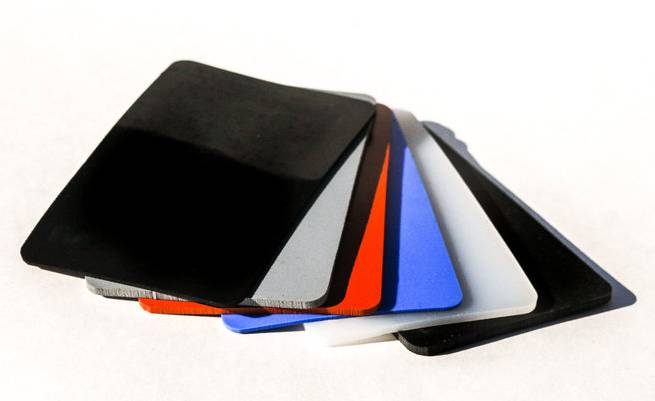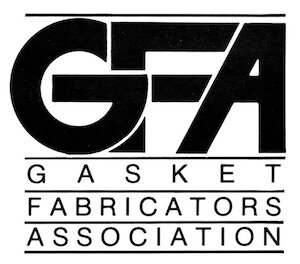50 durometer silicone rubber represents a balanced midpoint—firm enough to maintain dimensional stability under compression, yet soft enough to conform to irregular surfaces and create effective seals. Engineers often specify 50 durometer silicone because it delivers an ideal combination of flexibility, resilience, and strength for a wide range of applications.
Contact ElastaPro for 50 durometer silicone rubber.
Understanding 50 Durometer Silicone
On the Shore A hardness scale, elastomers range roughly from 10 (extremely soft, gel-like) to 80 (very hard, nearly rigid). A 50 durometer silicone rubber falls in the medium range, providing a balance of mechanical and physical properties. It maintains excellent elasticity and rebound, offering a good compromise between sealing performance and durability.
Like all silicones, a 50 durometer compound maintains stable properties over a wide temperature range—typically from −60°C to +200°C—and resists ozone, UV radiation, and many chemicals. This makes it suitable for long-term use in both indoor and outdoor environments. It also exhibits low compression set, meaning it maintains its shape and sealing force even after repeated deformation cycles.
Ideal Applications
Engineers commonly use 50 durometer silicone rubber in general-purpose seals and gaskets. It provides sufficient resilience to form tight seals under moderate compression without requiring high closure forces. This makes it an excellent choice for flanged joints, enclosures, lighting housings, and HVAC systems, where sealing reliability and easy assembly are critical.
In electronic equipment, 50 durometer silicone sheets or gaskets act as protective barriers against dust and moisture, while maintaining electrical insulation and dielectric strength. The material’s flexibility allows it to fill surface gaps effectively, ensuring consistent contact across irregular geometries.
In automotive and aerospace applications, this hardness provides effective vibration isolation and resistance to environmental exposure. It is commonly used for engine compartment seals, access panel gaskets, and vibration mounts where the material must resist both heat and mechanical stress.
Additionally, medical-grade 50 durometer silicones are used for components such as pump diaphragms, valves, and tubing, where a balance between flexibility and mechanical integrity is needed. Food-grade versions are also available for processing and packaging environments where cleanliness and compliance with FDA or USP Class VI standards are mandatory.
Design and Performance Considerations
When selecting 50 durometer silicone rubber, engineers should consider operating pressure, compression percentage, and environmental conditions. For static sealing applications, optimal compression typically ranges from 15% to 25% of material thickness. This ensures adequate sealing force without overstressing the elastomer.
The material’s moderate hardness makes it easier to handle during fabrication—whether through die-cutting, molding, or extrusion—while maintaining dimensional stability during installation. However, for applications involving very low clamping force or extremely delicate components, softer silicones (30–40 Shore A) may perform better, while harder grades (60–70 Shore A) are preferred when greater structural support or load-bearing capacity is required.
Conclusion
Fifty durometer silicone rubber is a reliable, all-purpose material that strikes an excellent balance between softness and strength. Its combination of flexibility, temperature resistance, and sealing performance makes it one of the most widely used silicone grades across industries. Whether in electronics, aerospace, medical devices, or general manufacturing, engineers can count on 50 durometer silicone to provide consistent, long-lasting performance in demanding environments.
When you need a seal or component that can flex without failing and endure without hardening, 50 durometer silicone rubber is often the right choice.


